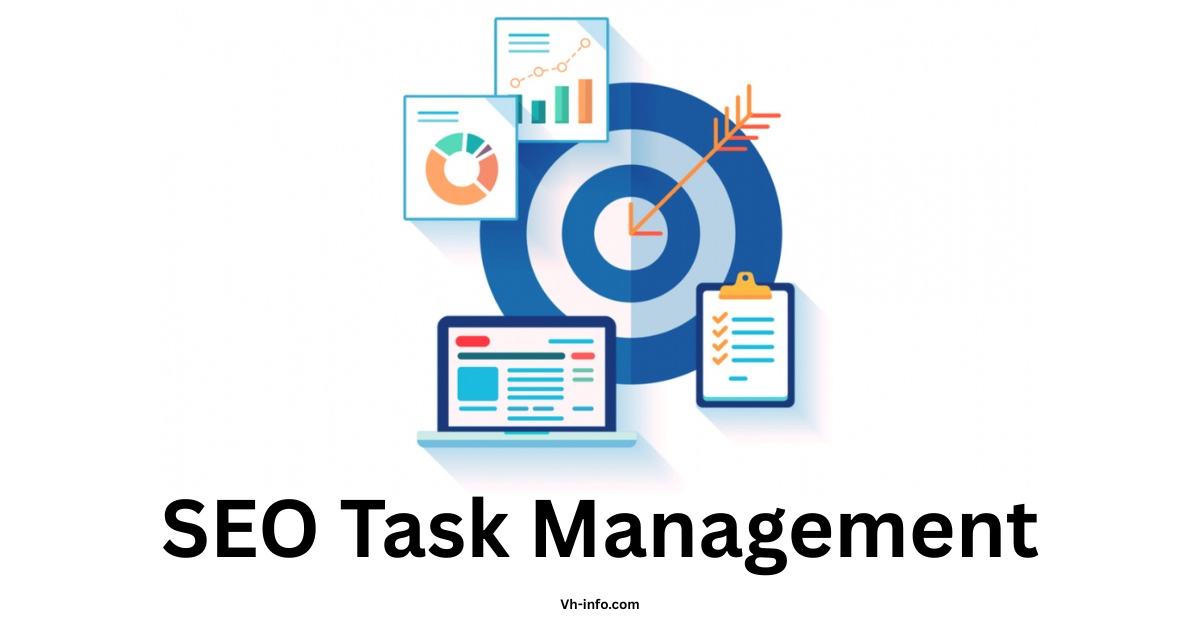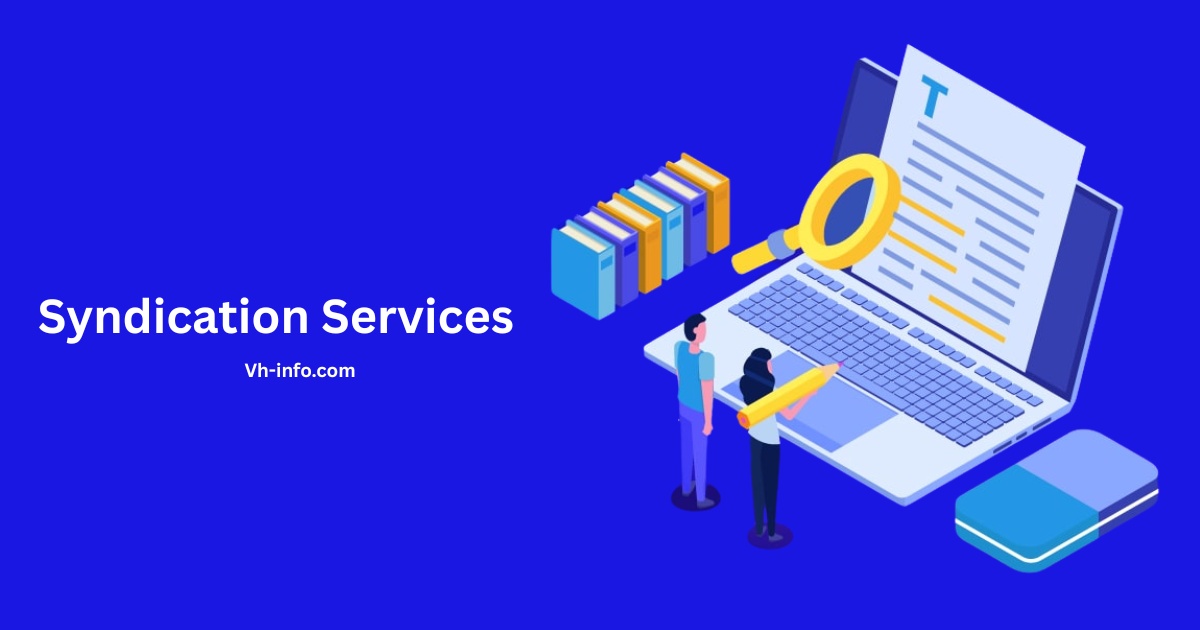
SEO Task Management: Meaning, Tasks, Strategies & Tools
In the fast-paced realm of SaaS digital marketing, staying ahead requires more than just innovative software. Effective search engine optimization

SEO Task Management: Meaning, Tasks, Strategies & Tools
In the fast-paced realm of SaaS digital marketing, staying ahead requires more than just innovative software. Effective search engine optimization

Best Syndication Services: Amplify Your Content & Maximize Reach
In today’s digital landscape, standing out from the crowd requires more than just creating great content. VH Info understands the

Blog Syndication: What It Is & How To Do It (Best Platforms)
In the dynamic world of digital marketing, expanding your reach and enhancing your brand’s visibility is paramount. Blog syndication, a

Top 10 Press Release Services For the Best Distribution Online
VH Info offers actionable insights for SaaS link building, and in this article, we break down the complex world of

SEO Mentor: What To Look For in SEO Mentors in 2025
In the ever-changing world of search engine optimization (SEO), staying ahead requires continuous learning and adaptation. An SEO mentor can

Best URL Structure For SEO: Boost Your Search Rankings
Creating the best URL structure for SEO is more than just a good idea—it’s essential for improving your search engine

Top Affiliate SEO Programs For 2025: Top Offers That Pay & Convert
Are you looking to monetize your SEO expertise and generate passive income? The world of SEO affiliate marketing offers a

Super Easy SEO Quick Wins For Every Website (2025)
In the fast-paced world of digital marketing, achieving better search engine rankings can feel like a marathon. But what if

SEO Contract: Importance, Risks, Types & Tactics [Free Template]
In the competitive digital marketing landscape, an SEO contract is more than just a piece of paper—it’s a legally binding

Data Where It Matters: Embedding Intelligence into the Workflow
Digital transformation isn’t just about collecting data—it’s about turning it into real-time, relevant insights. Static reports and disconnected dashboards are
WHAT WE
3rd floor, VHinfo, QRXG+CG9 Capital Market, Canal Rd, chokdi, Ravapar, Morbi, Gujarat 363641
14 Main Street, Suite 401, New York, NY 10004
Vh-info © 2025 | All Rights Reserved